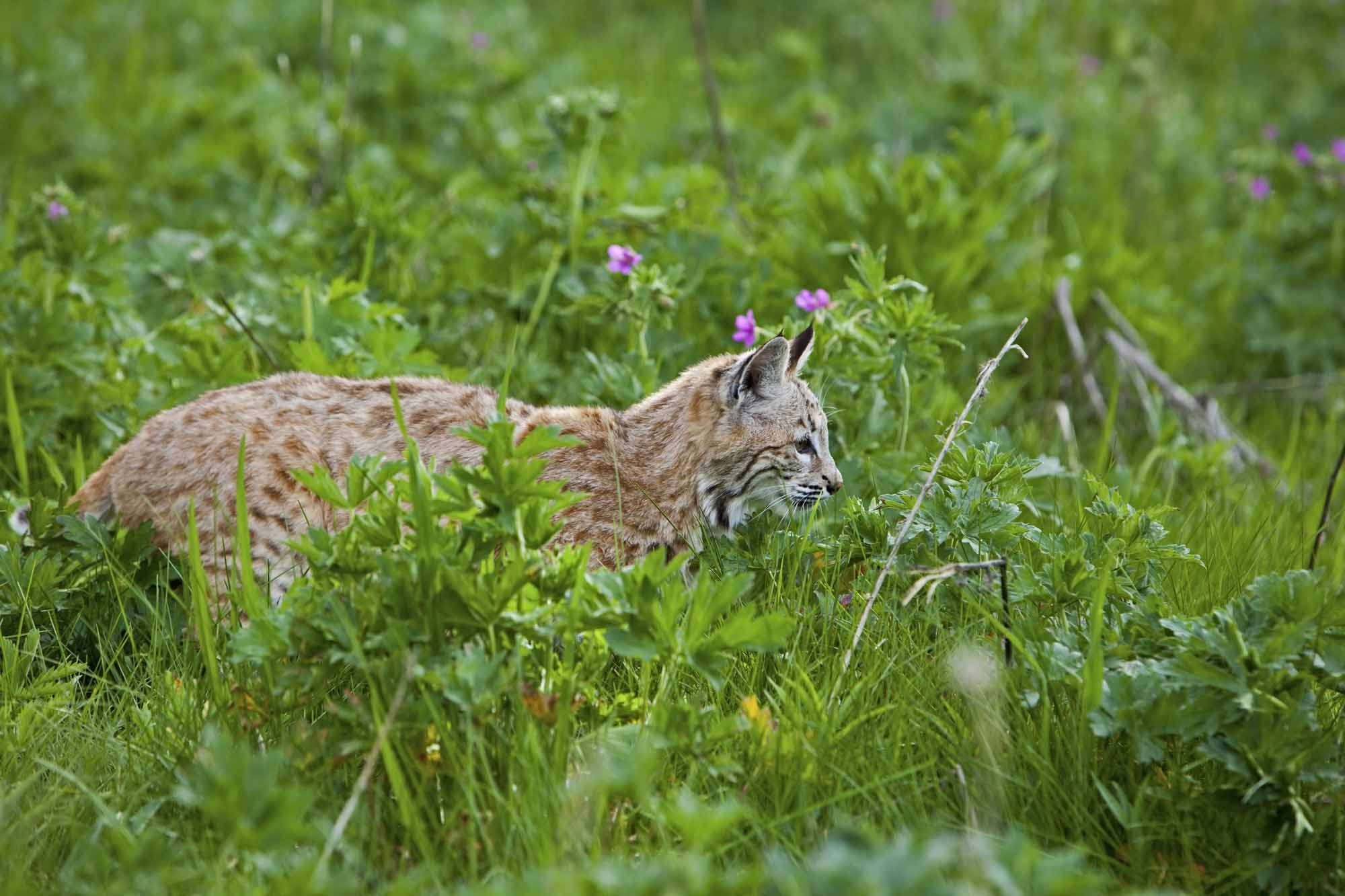Article
Blue-green Algae
Blue-green Algae, now known as Cyanobacteria, are named for the blue-green pigment phycocyanin which along with chlorophyll a gives them a blue-green appearance. This led to Cyanobacteria being called blue-green algae before the kingdom Monera was recognized.











